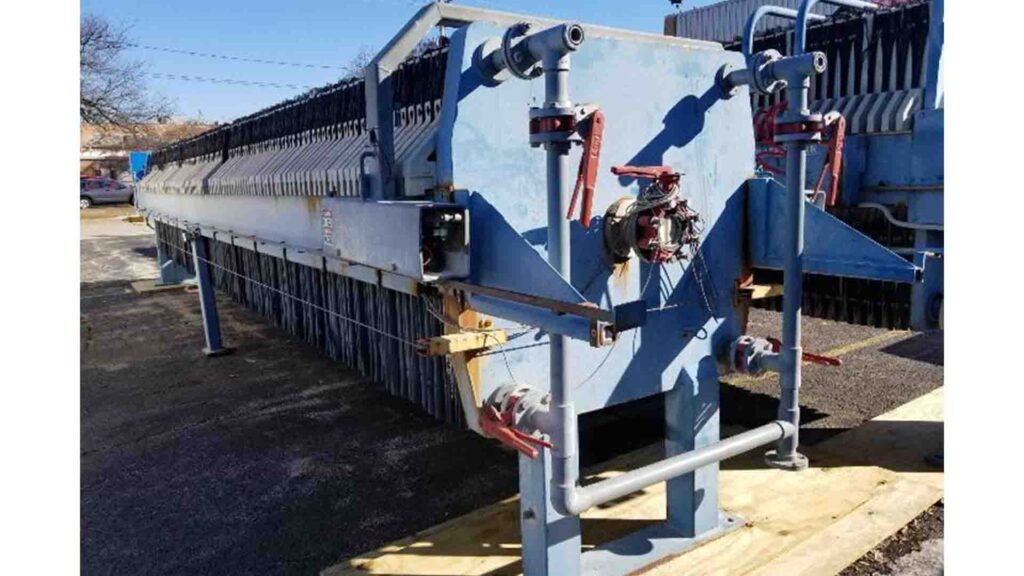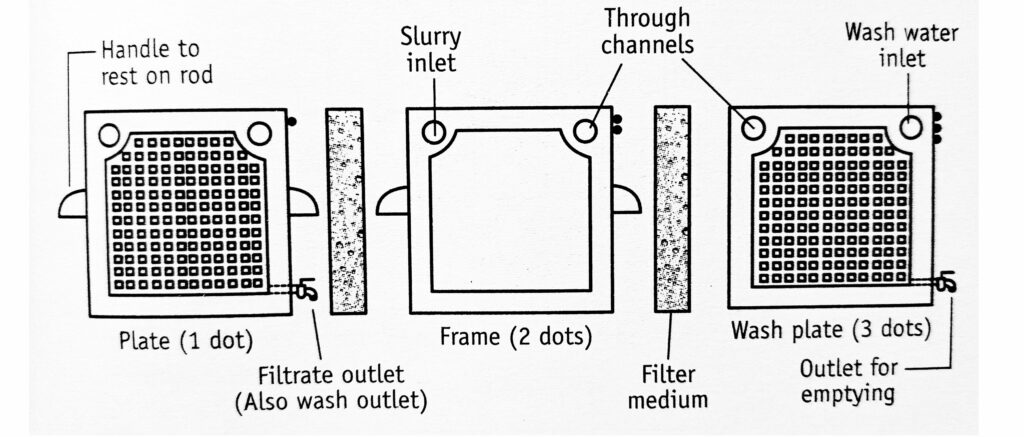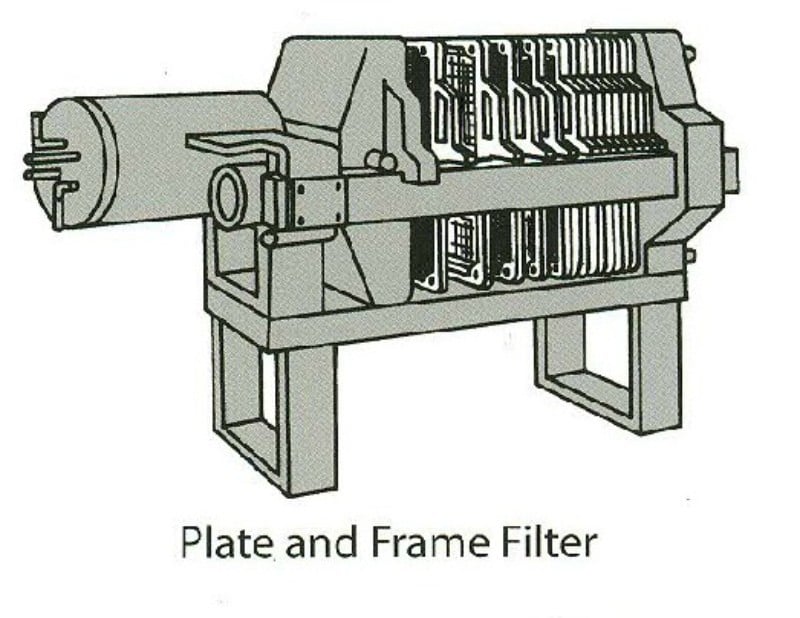Grasp the benefits of utilizing a frame and plate filter press for efficient solid-liquid separation in various industries. This article explores the working principle, advantages, and applications of this versatile filtration equipment. From wastewater treatment to food processing, the frame and plate filter press offers high filtration efficiency.
Understanding the Frame and Plate Filter Press
The frame and plate filter press is a type of filtration equipment that uses a series of filter plates and frames to separate solid particles from a liquid stream. The filter plates and frames are arranged alternately, with filter cloths placed between them. The press applies pressure to the plates, allowing the liquid to pass through while retaining the solid particles.
Advantages of the Frame and Plate Filter Press
- High Filtration Efficiency:
- The frame and plate filter press ensures efficient solid-liquid separation, resulting in clarified liquids and drier filter cakes.
- Versatility:
- This filtration equipment is versatile and suitable for a wide range of applications, including wastewater treatment, chemical processing, mining, and pharmaceuticals.
- Easy Operation and Maintenance:
- The frame and plate filter press is easy to operate and maintain, with user-friendly controls and simple cleaning procedures.
- Cost Savings:
- By producing drier filter cakes, the frame and plate filter press reduce waste volume and disposal costs. It also minimizes the consumption of filter aids and chemicals.

Applications of the Frame and Plate Filter Press
- Wastewater Treatment:
- Frame and plate filter presses are commonly used in wastewater treatment plants to separate solids from the wastewater stream, producing clean water for discharge or reuse.
- Chemical Processing:
- The frame and plate filter press is utilized in chemical processing industries to remove impurities, separate solids from liquids, and achieve the desired product quality.
- Food and Beverage Industry:
- This filtration equipment finds applications in the food and beverage industry for clarifying liquids, such as fruit juices, syrups, and edible oils.
Example of Frame and Plate Filter Press Operation
- The slurry is pumped into the filter press chamber.
- The filter plates and frames, with filter cloths in between, retain the solid particles while allowing the liquid to pass through.
- The press applies pressure, further dewatering the slurry and forming a filter cake.
- The clarified liquid is collected and discharged for further processing or reuse.
- The drier filter cake is removed from the filter plates and frames for disposal or further treatment.

Choosing the Right Frame and Plate Filter Press
Consider factors such as filtration capacity, plate size, material compatibility, and automation options when selecting a frame and plate filter press. Consult with filtration experts to determine the most suitable equipment for your specific application.
Conclusion
The frame and plate filter press is a versatile and efficient solution for solid-liquid separation in various industries. With its high filtration efficiency, versatility, and ease of operation, this advanced filtration equipment is widely used in wastewater treatment, chemical processing, and the food and beverage industry.
Incorporating a frame and plate filter press into your filtration processes can optimize efficiency, reduce costs, and improve the quality of your liquid outputs. Embrace this innovative technology to enhance your solid-liquid separation processes and achieve optimal results.

